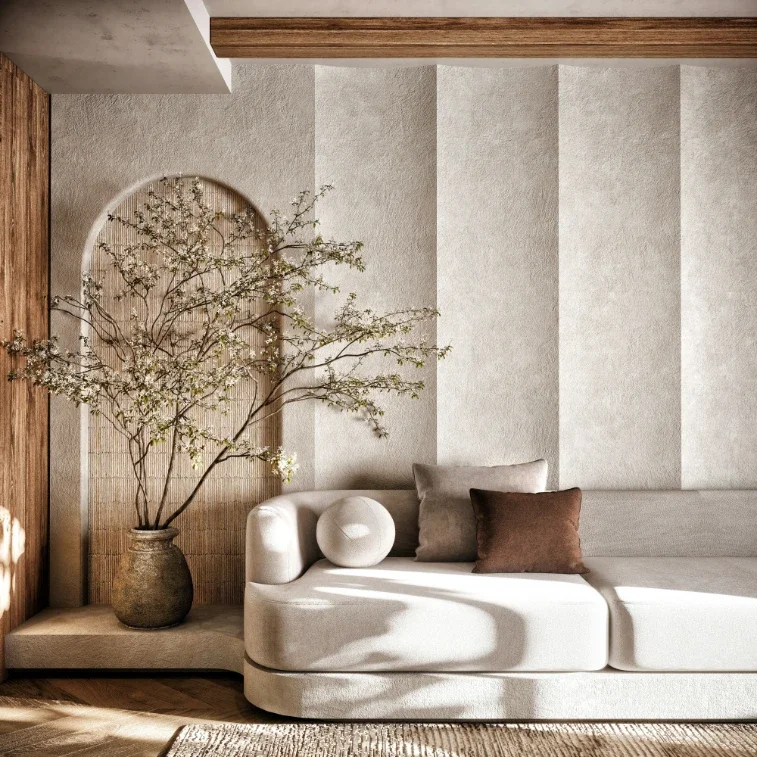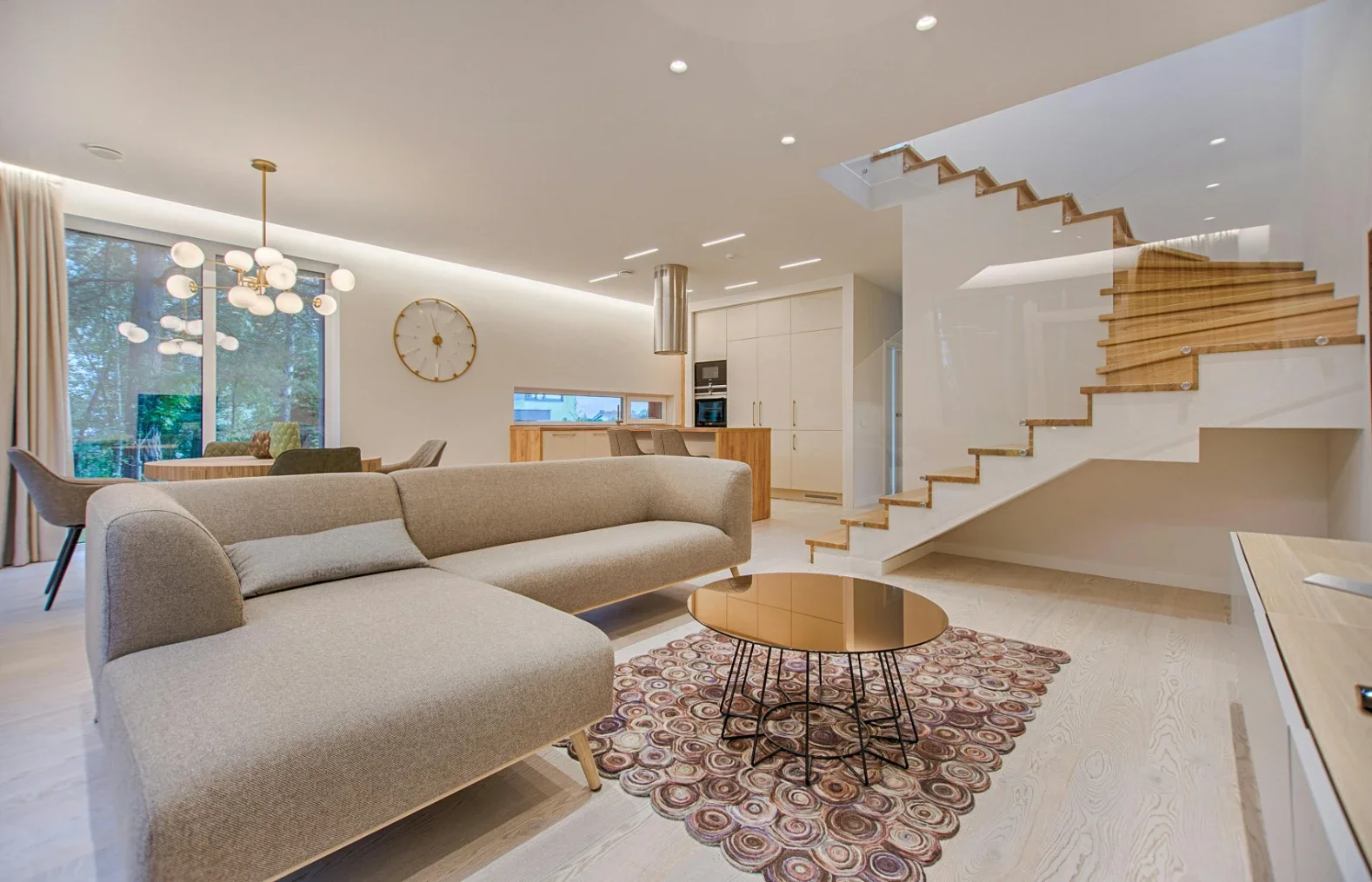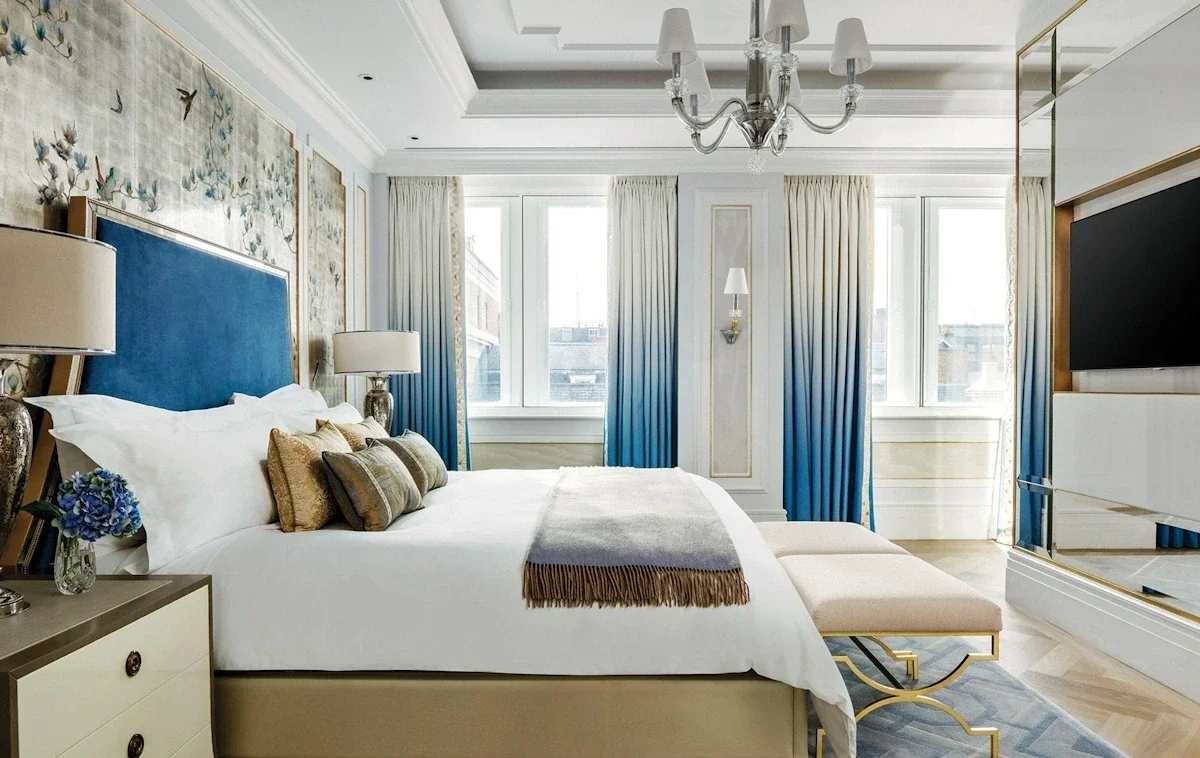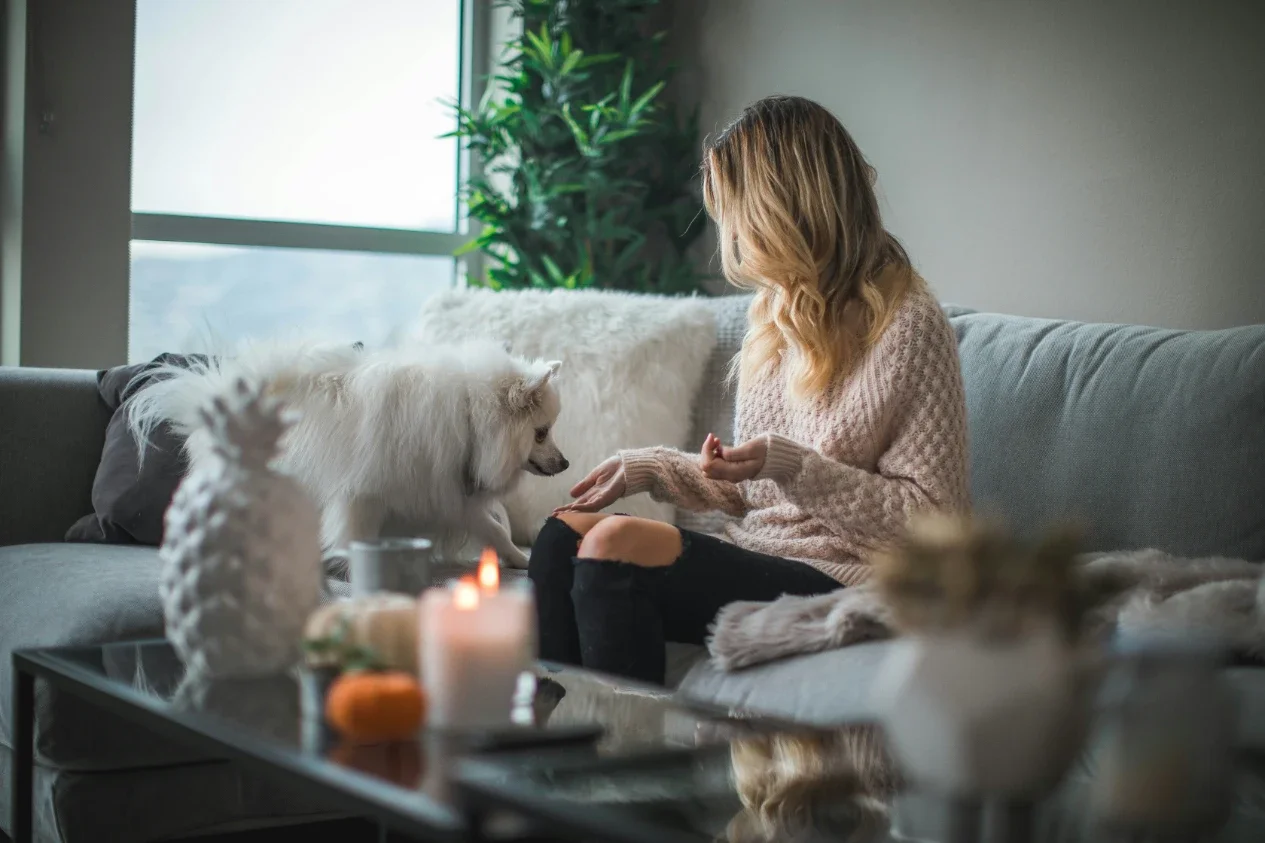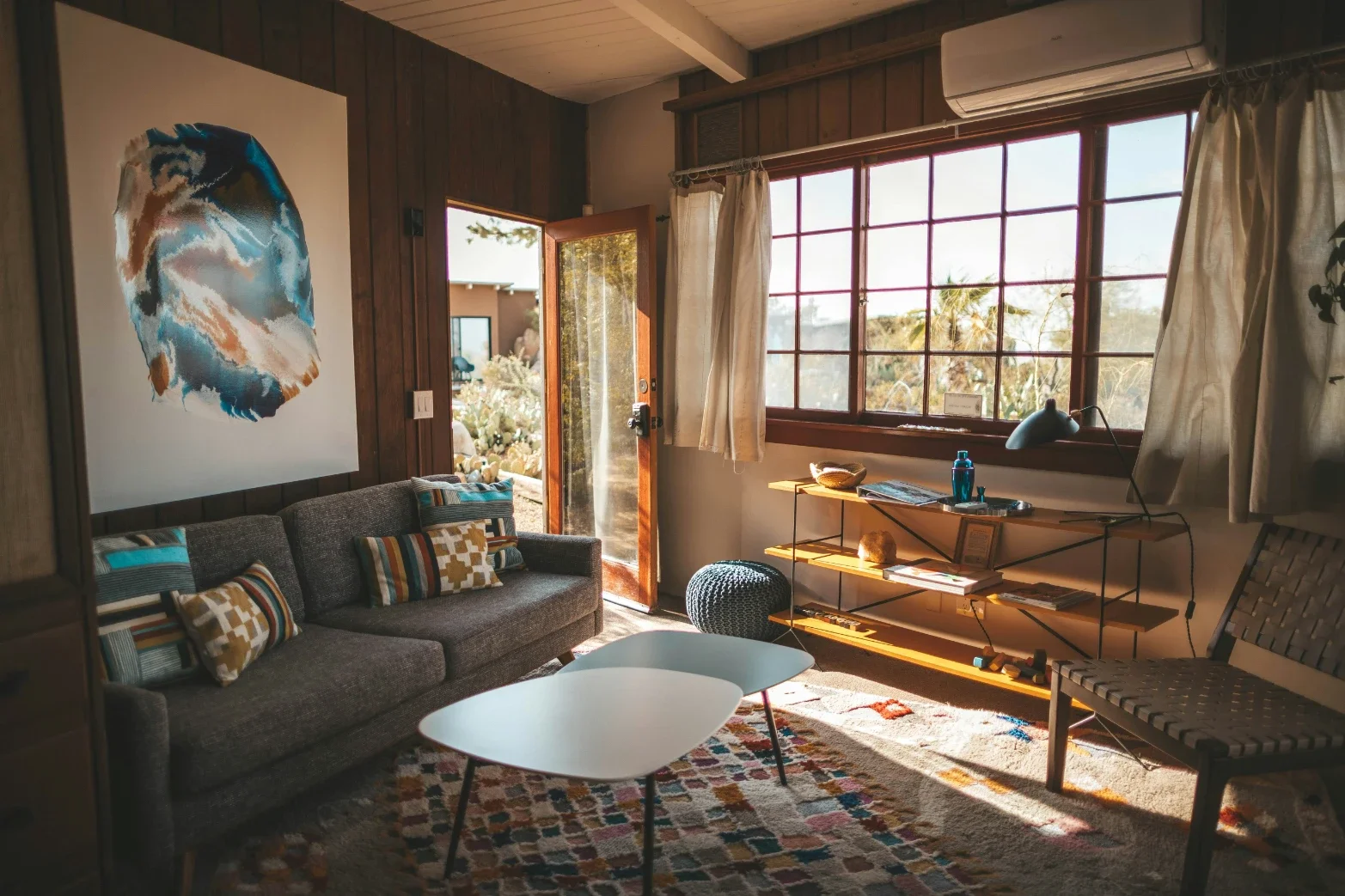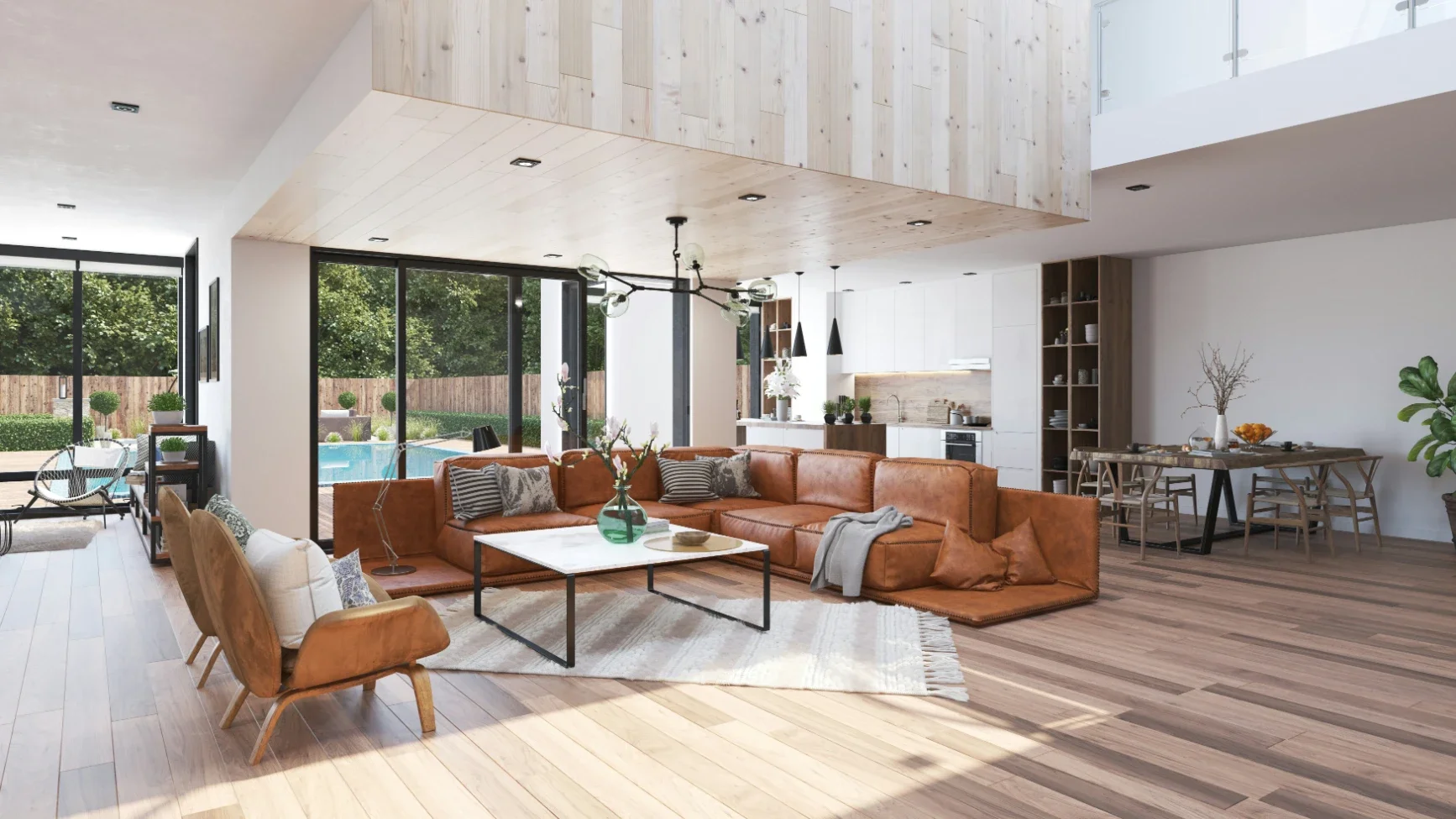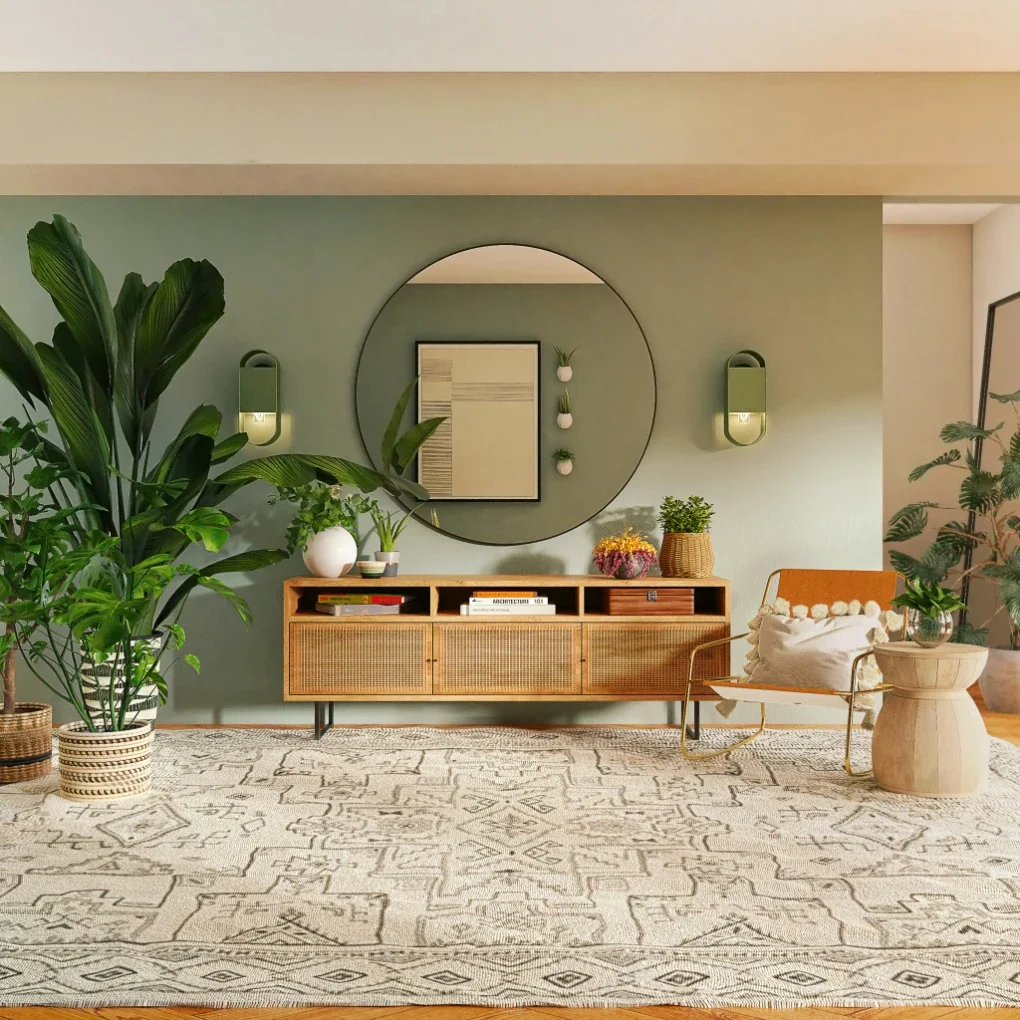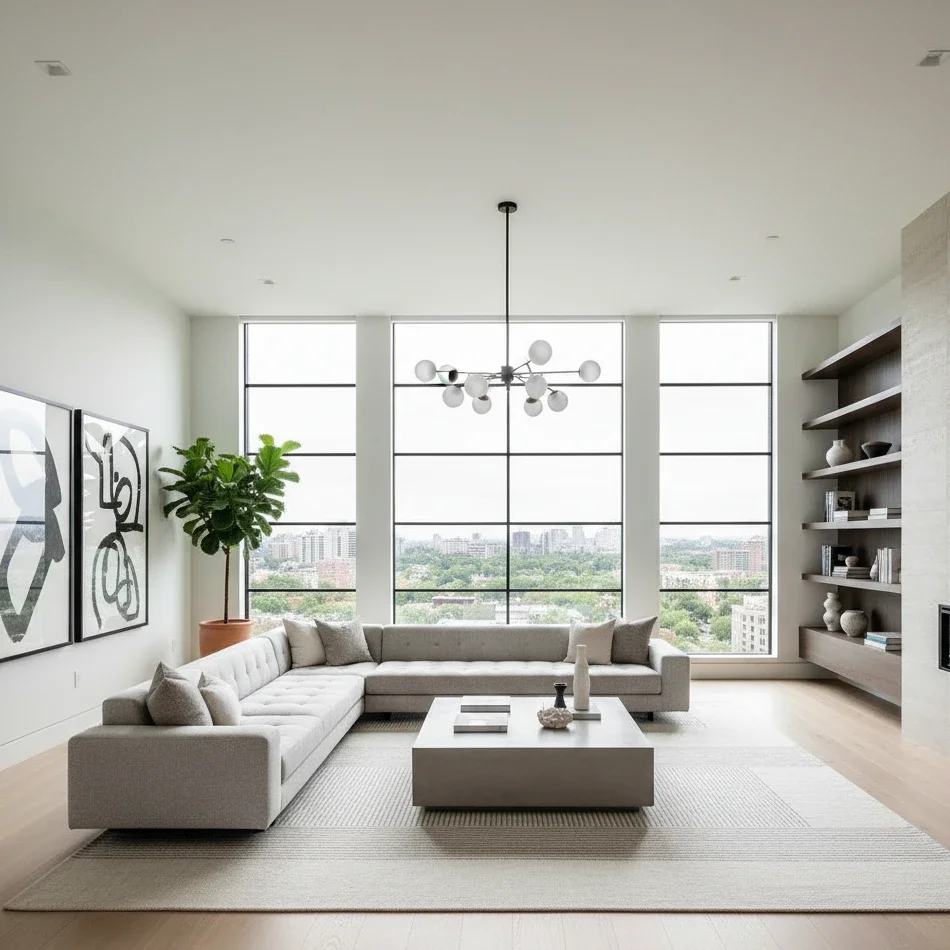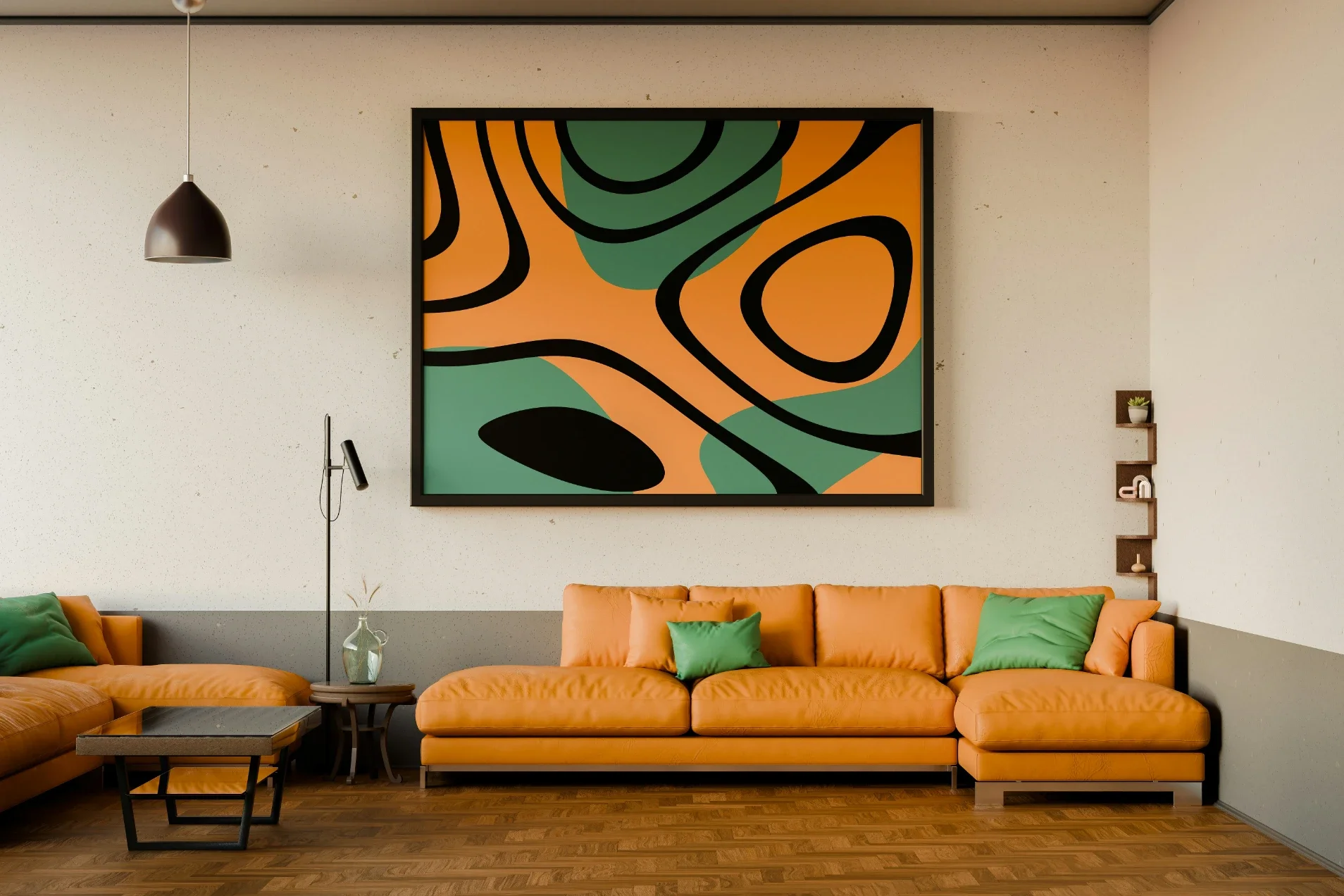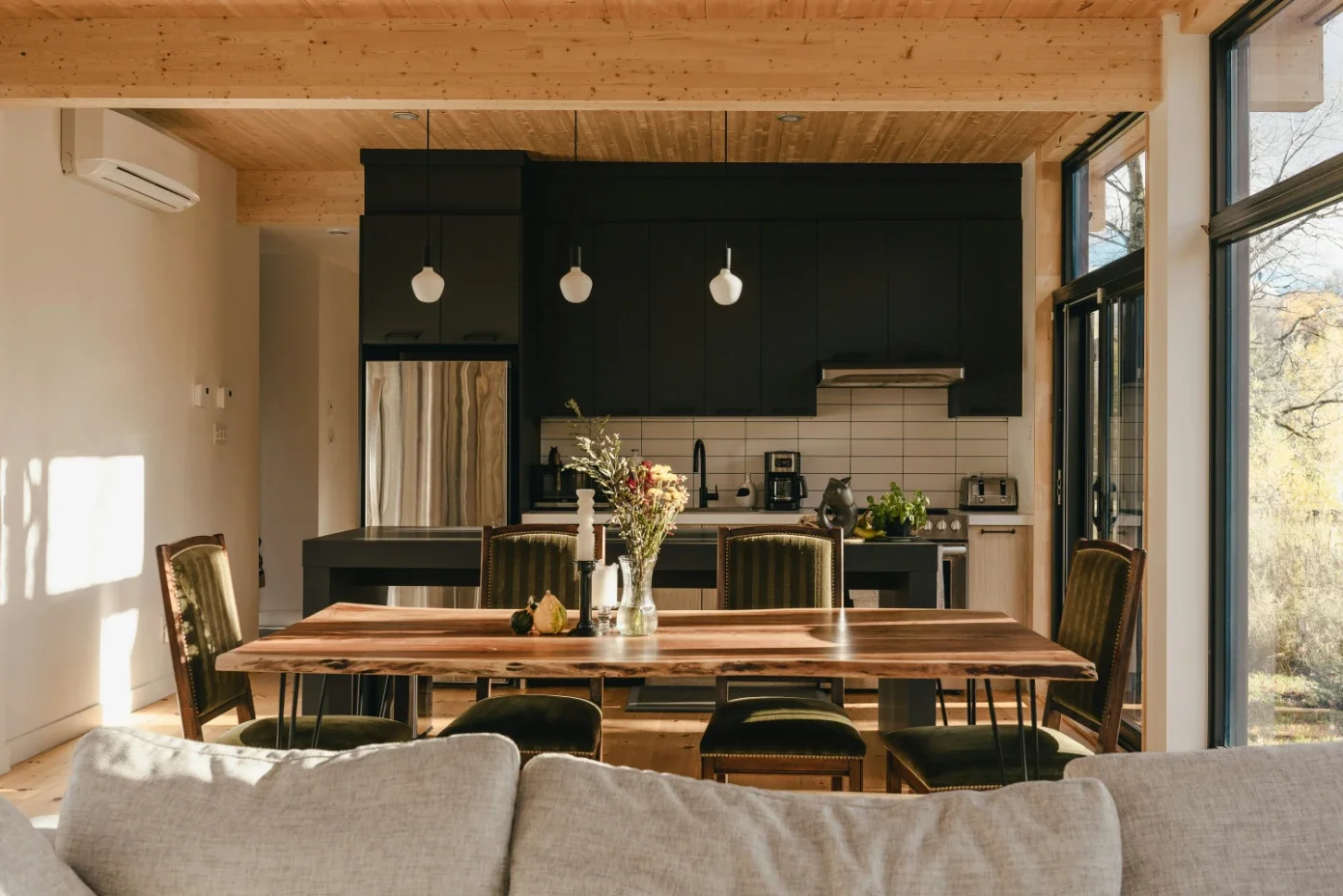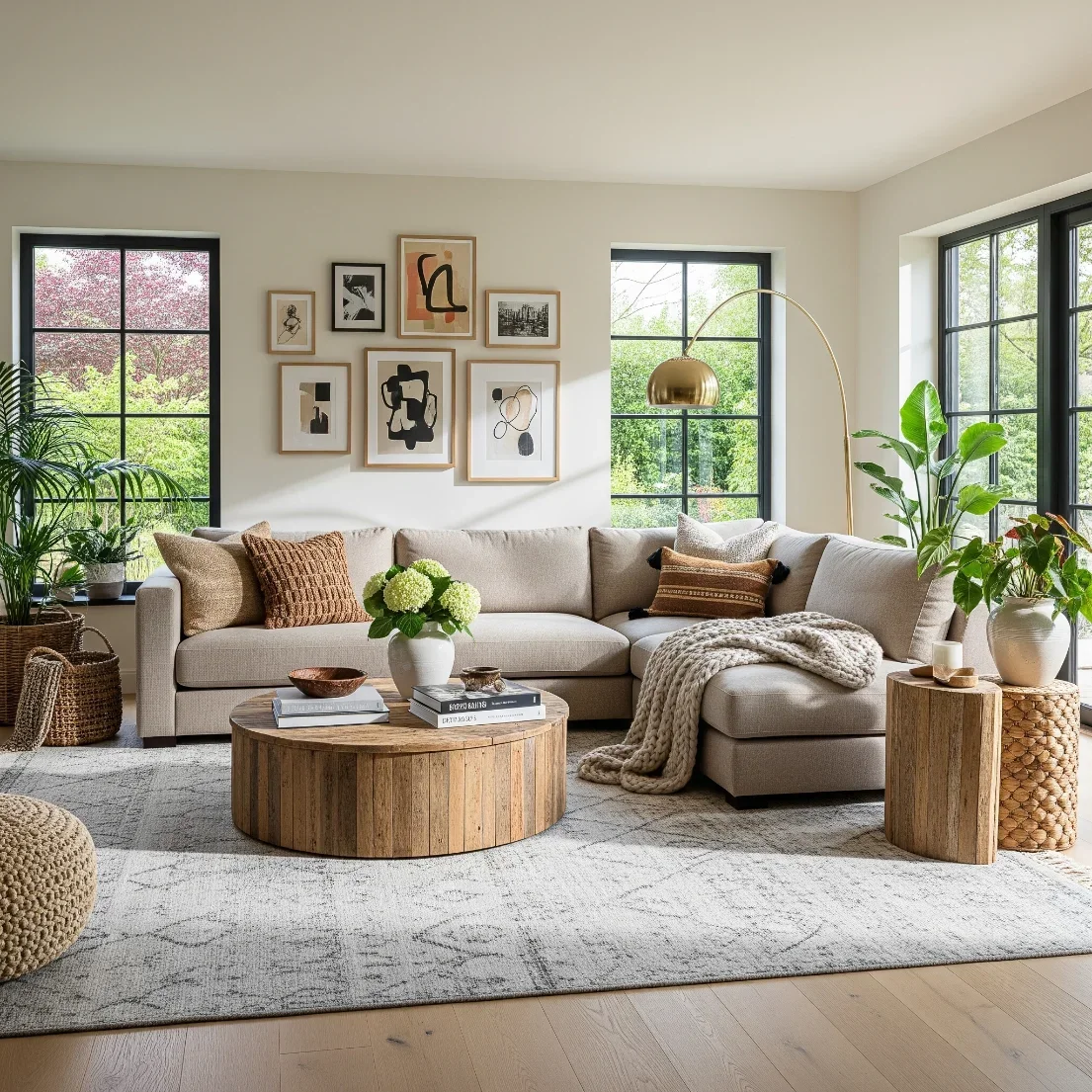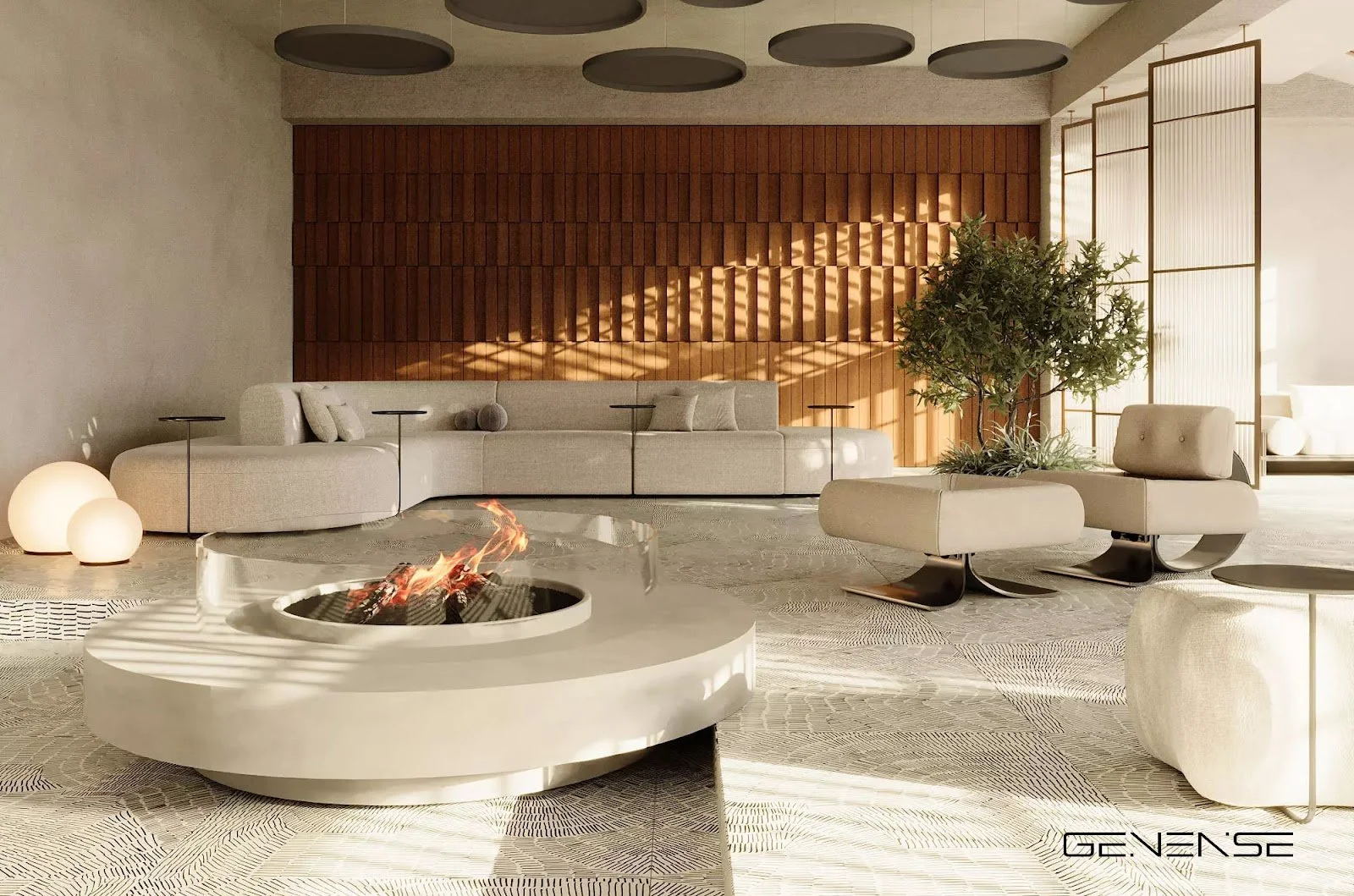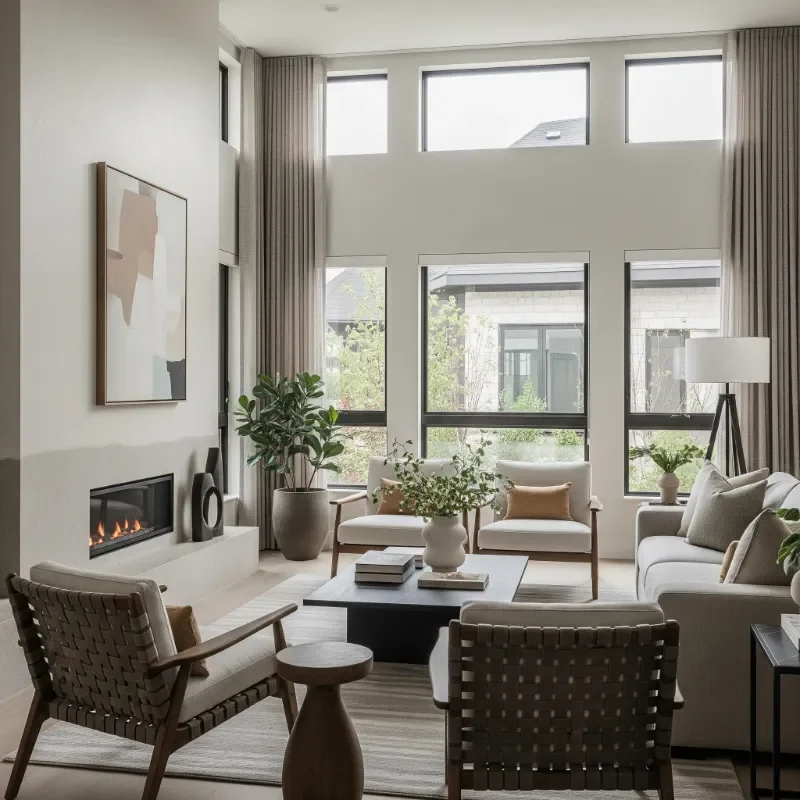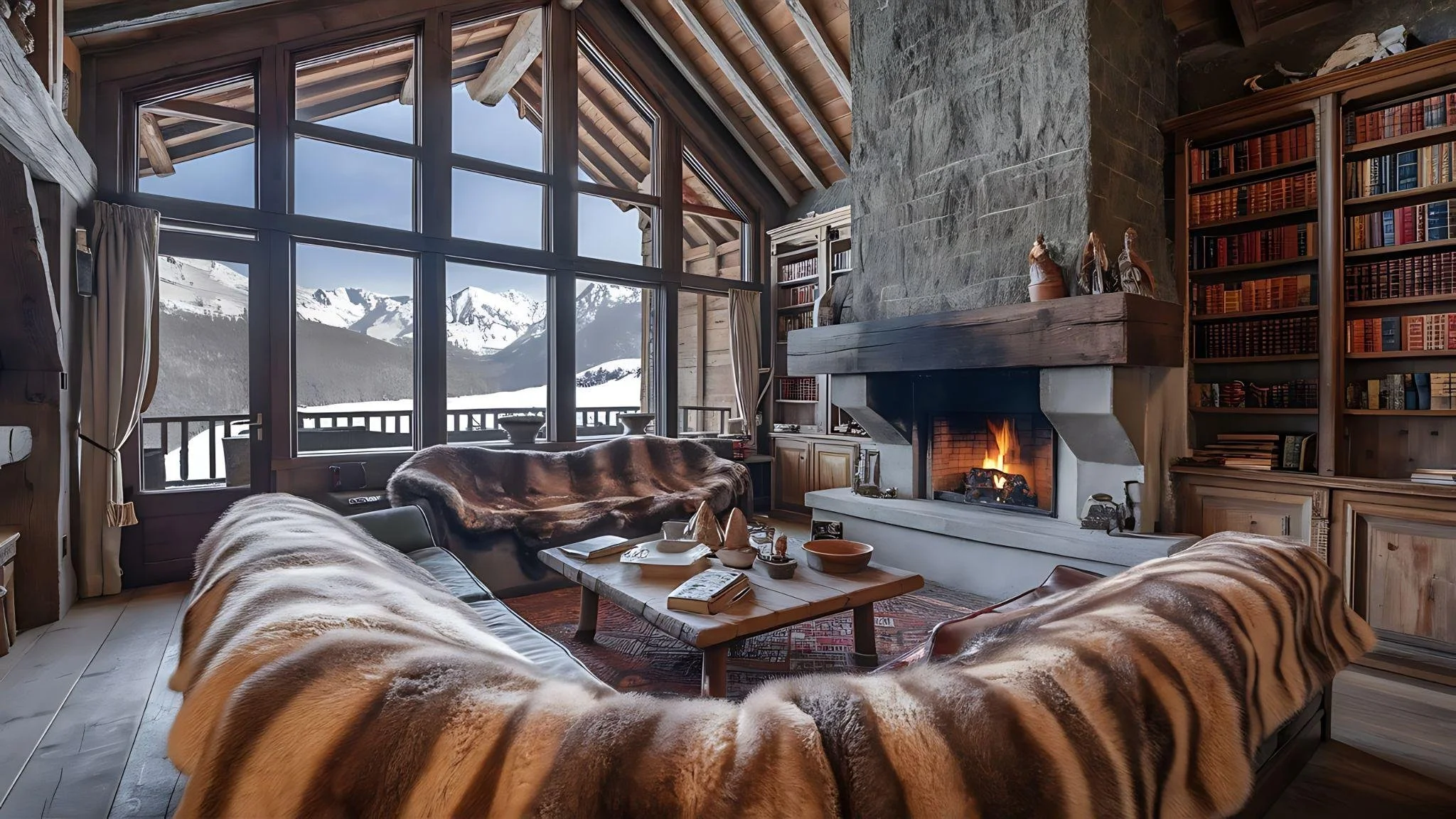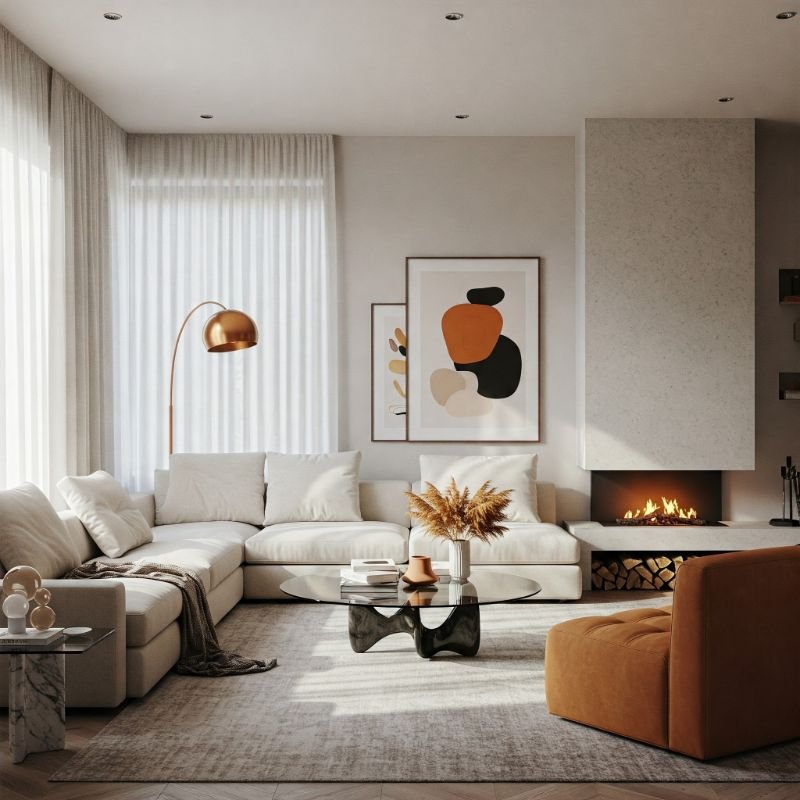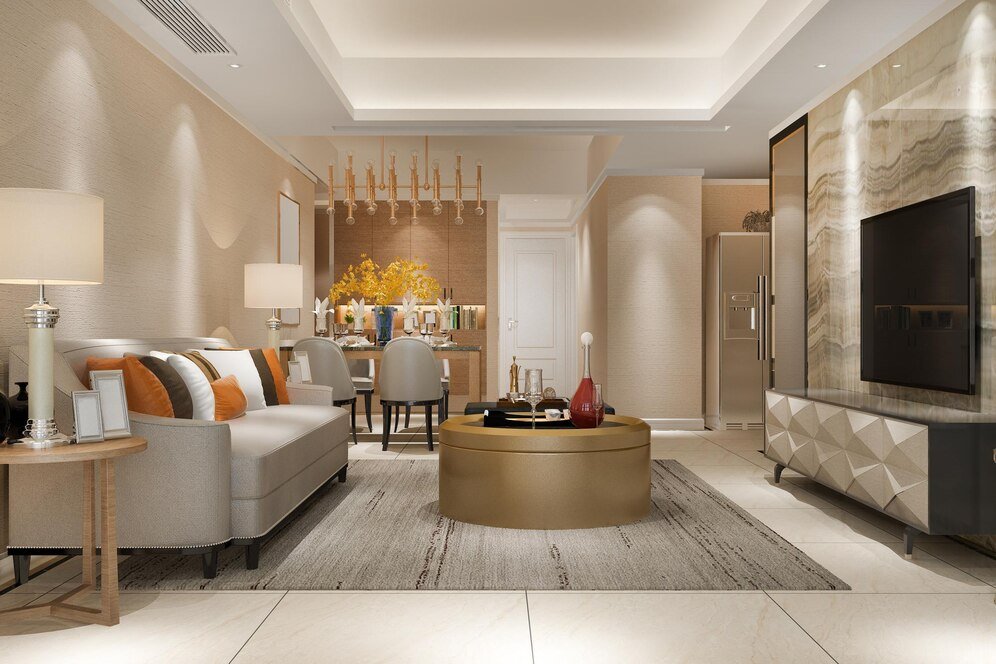Emotional Interiors: Designing Spaces That Tell Your Story
Create emotional interiors by designing spaces that reflect your unique story, blending personal elements and thoughtful design to evoke warmth and connection.
The fast pace in today's world has made interior design aesthetically pleasing; it has also become a space reflecting our emotions, values, and personal stories. With the rise of emotional interiors, it has become crystal clear that our living spaces offer so much more than a place to put the furniture and hang pictures. They encapsulate our identities, our journeys, and the emotions we wish to evoke in day-to-day life. It is not only artful but also crucially important that the designer produce spaces reflecting deep emotional connections in very personalized living environments.
When it comes to bringing these visions into reality, a residential interior design service can play the pivotal role in translating the personality, emotions, and desires of a client into their living space. But how do we know your space isn't just looking good, but feeling right?
The Power of Emotional Interiors
One emotionally driven design shoots beyond those goals with which interior designs have traditionally created, such as aesthetics, functionality, and comfort, and adds several more intimate layers. It places most of the emphasis on the need to make an environment tell a story and provoke emotions with the spaces to improve the well-being of individuals. This connection we create with our living space can have impacts emotionally on our mood, productivity, and even overall happiness.
1. Evoking the Emotional with Design
Emotional Design is an intentional and thoughtful use of elements that can spur particular feeling. Every color can raise a specific emotion, just like every texture or pattern can. That's why a residential interior design service considers color psychology, texture subtlety, and pattern harmony to achieve the right emotions for the required spaces. For example, yellow is good energy in the kids' play area.
● Warm colors, such as yellows and oranges, are arousing and can drive feelings of happiness and euphoria.
● Cool tones can be defined as colors such as blues and greens that tranquilize; they are usually used in rooms assigned for rest.
● Soft textures, like those that come from plush fabrics, may bring a sense of warmth and coziness, while harder textures-from metal or glass, for instance-may evoke a feeling of modern sleekness.
2. Personalisation: Your Story, Your Space
Every home tells a story that is unique and different. While designing emotional interiors, personalization plays an imperative role. A residential interior design service consciously works with the homeowner to find their personal stories, which can be told through meaningful objects, art, and memorabilia reflecting one's journey. These details not only add uniqueness to the space but also make it deeply personal and sentimental.
For example, the living room might express art from a homeowner's travels or passions, while the family room builds in heirlooms from generations past to give it a sense of history and continuity. It is not just visually stimulating but also emotionally connecting for its occupants because of this personalization in design.
3. The Role of Functionality in Emotional Design
While emotions are involved and aesthetics play a huge role, these must be balanced with functionality. A residential interior design service will always make sure that even emotionally packed spaces are practical to live in day in and day out. Be it a kitchen that bonds family members together or a bedroom acting as a retreat from the outside world, functionality and flow must never be compromised.
For example, an emotive kitchen can feature a large inviting island for family gatherings or cook-offs, yet every inch of space has to be functional and accessible. A bedroom designed as a retreat can have dimmed lighting and organic textures that foster relaxation but also include bedside storage or a reading nook.
The Key Elements of Emotional Interior Design
1. Color and Emotion
Colors definitely have their effect on human psychology. A residential interior design service expertly uses color theory to affect the atmosphere of any room. For instance, bright yellows and oranges stimulate energy and joy in the kitchen, while softer blues and greens can create serenity in the bedroom and even the bathroom. A designer will be able to help one choose the right palette for every room to make sure colors work in harmony with each other, reflecting the desired mood and function of each room.
2. Texture: Unsung Hero
The texture is often overlooked, yet somehow vital to the emotional tone of a space. It can be much more about meaning, from smooth marble surfaces to rough-hewn wooden beams. A residential interior design service knows just how to mix and match various textures into a space that looks not just visually stunning but connected emotionally.
Now, plush fabrics, like velvet or wool, suggest indulging and warmth; sleek, shiny surfaces create an overall aura of modernity and sophistication. The deal is to simply find your balance so these textures could complement and not compete against each other.
3. Lighting: More Than Just Illumination
Lighting is one of the most important elements in setting up the mood of a space. Good lighting can provoke all sorts of emotional states, from excitement down to calmness itself, with regard to the type of light, its intensity, and the way it is placed. A residential interior design service will carefully choose lighting that develops an emotional tone for your rooms.
Natural light is often associated with open and free feelings. Large panes of windows or skylights will add warmth and vitality to your home.
Soft, ambient lighting fosters a cozy and intimate setting; such would relate to relaxation. Brighter lights relate more to areas where much focus and energy are put forward.
4. Individual artwork and personal decor
More direct ways to make emotional connections within a space might be through artwork and decor with personal associations. Be it a painting of a memorable vacation or an heirloom vase passed down through generations, such things speak volumes where words cannot.
The residential interior design service helps the residents curate their space with things that complement the design and are personally meaningful, thus turning the home into a living memoir. Every nook, every shelf, and every wall can speak volumes about your being and what you will hold dear.
The Role of a Residential Interior Design Service
In emotional design, the residential interior design service becomes your translator in the design process, developing and creating your feelings and stories into tangibles. By knowing what you like, how you live, and how you feel, a professional design service makes sure your home doesn't only look its best but is purely you. From perfect color choices to articulated decor of personalized pieces, their expertise helps bring your vision to life.
Transform Your Home into a Sanctuary
It is the sensitive balance between aesthetic appeal, functionality, and personal storytelling that creates a space that deeply calls to the heart. A residential interior design service will help you in making your home a haven pertaining not only to who you are but also to nourishing your inner self.

